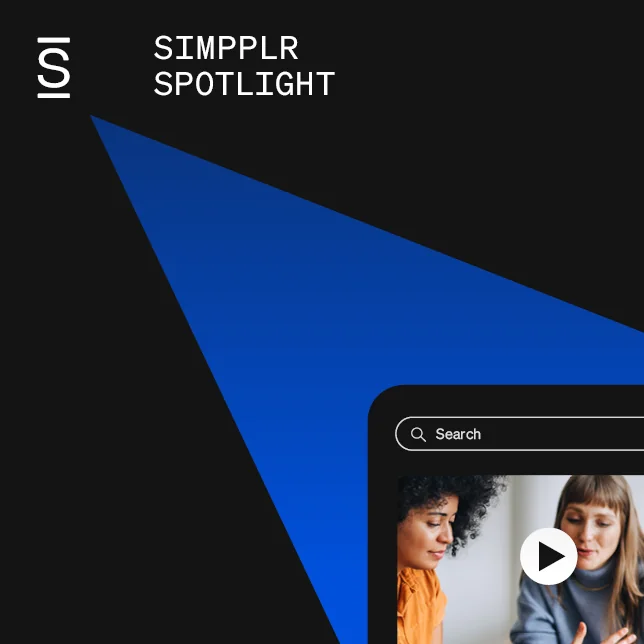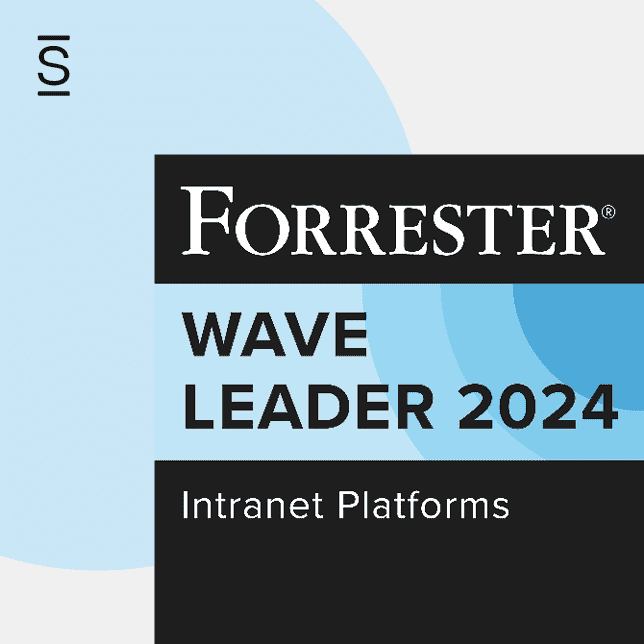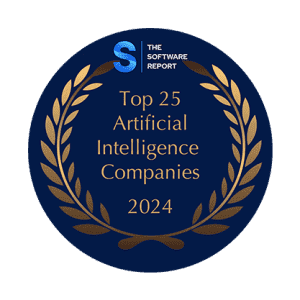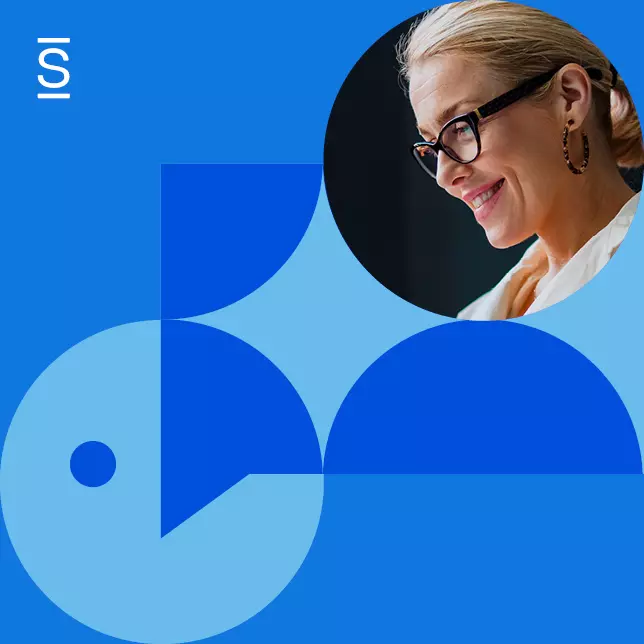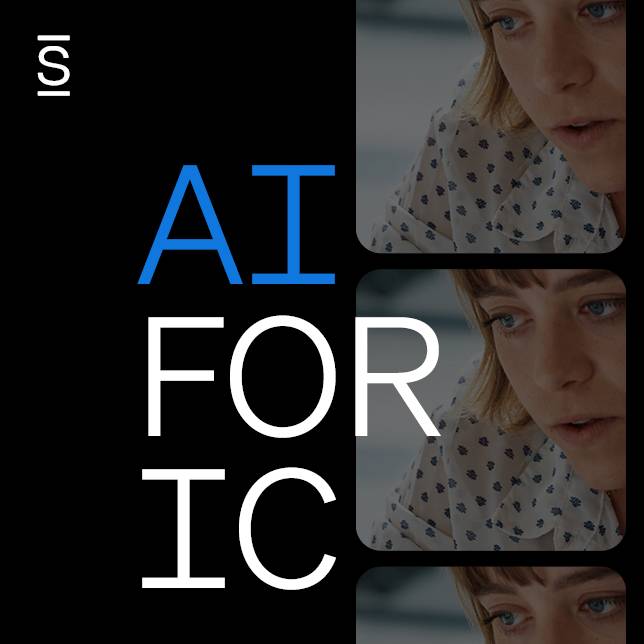Carolyn Clark of Simpplr explains how AI-driven personas can revolutionize HR strategies, enabling better communication, engagement, and retention for an improved employee experience.
This article was originally published on Spiceworks.
I’ve long admired futurists. Like them, I enjoy dreaming, reading, and researching. I get fired up when I discover new technologies that improve the employee experience. While the real-world potential of AI excites me, I also worry that one-day robots might make my job obsolete, and I am aware of the many concerns generally around the uncharted AI territory. Using AI to enhance the workplace is the future. That’s why when AI started dominating the headlines, I decided to go deep to figure out how AI can be a friend, not a foe, to the employee experience and HR.
The benefits of AI-generated employee personas
Communicating with authenticity and empathy in every message and channel takes care and ingenuity. Understanding employees’ needs, attitudes, and behaviors requires much time and manual detective work. This makes delivering a consistent message that resonates across all departments, roles, and locations a tall order for even the most seasoned pros.
The reality is that EX and HR teams can’t clone themselves. Headcount and budget can be hard, especially during economic uncertainty. Imagine tapping into the heart and soul of employees with the click of a button. AI is making this possible.
Using a combination of AI, such as ChatGPT in tandem with proprietary information such as surveys, direct employee feedback, and other data sources, can provide a wealth of employee experience insights, leading to a more comprehensive understanding of behavior, preferences, and traits. This integrated approach has the potential to not only provide a snapshot of the current state but also offer predictive capabilities, enabling organizations to anticipate and adapt to future employee behavior.
Here are some ways to creatively use AI to build employee personas, facilitate focus groups, anticipate employee needs, and communicate better with a company’s number one asset— its people. These methods complement what’s happening inside many companies today; while research and conversations provide rich qualitative data and contextual understanding, data analysis and AI offer real-time quantitative insights and broad patterns.
Putting AI personas into action
The beauty of using AI to generate workplace personas is endless options. For example, automating routine tasks via persona-driven chatbots to respond to typical queries can not only result in improved response times but, more importantly, can free up resources for more strategic endeavors. While it may be tempting to run with automation, testing for different situations based on different character-driven personas is imperative for responses to hit the right tone and keep employees engaged.
When HR is tasked with creating FAQs related to a change initiative affecting multiple groups within the company, AI can come to the rescue to develop a persona based on specific criteria representing one group’s interest. Once the persona is established, you can engage ChatGPT as an example to assume the role of that persona. After asking many questions to the AI-powered persona, critical questions that the persona might ask regarding the executive departure can be generated in minutes. This exercise can be replicated for various groups impacted by the change saving valuable time and resources.
See More: Multimodality: A Must for Effective Human-AI Collaboration
Communicating in the age of AI
Balancing timeliness and consistency, over and under-communicating is challenging. With every project, many tasks make strategic work seem beyond reach. Understanding how employee personas like receiving and processing information, including frequency and preferred channels, is a puzzle easily solved with AI.
Once personas are generated, time-strapped managers can learn to communicate effectively based on AI-suggested preferences. For example, if a manager is working on sharing new employee benefits, information can be designed based on learning styles, be it visual, video, or in bullet form. You can use a graphics service like Canva to help visually craft the story, using AI to create graphics and present the information in a way that packs a punch aesthetically without losing meaning. In a situation where HR has to deliver news in a Town Hall format, they can use AI personas to anticipate concerns and questions from across the organization based on role, geography, and beyond.
AI-powered focus groups
Human bias in the workplace can manifest in various forms across hiring, performance evaluations, opportunities for promotion, and how work assignments are allotted. Using AI to create personas and focus groups can help limit conscious or subconscious bias to create a more equitable and inclusive workplace.
From gathering feedback on company policies to testing pilot programs, focus groups can help HR to gather intelligent, real-time feedback and help identify areas for improvement and implement changes that meet employees’ needs and help with retention.
Augment your hiring and retention strategy with AI personas
One of the biggest challenges for many organizations today includes attracting and retaining their frontline workforce. According to LinkedIn data, the three job roles that tend to get the most InMails from recruiters on LinkedIn are engineering, sales, and IT. Engineering has the highest turnover rate of the three roles at 11.5%. This makes learning how to connect with a detached and distributed workforce even more essential when tuning up your retention strategy.
Take, for example, a tech company that’s hiring engineering talent. In this case, given the competition for engineering talent, HR can create specific engineer personas to use as focus groups to understand current and future needs better. AI enables HR to conduct real-time focus groups about growth and progression opportunities to compensation, work-life balance, company culture, communication, leadership, change management, and more. Given the parameters, ChatGPT can help determine the persona’s strengths, potential areas of difficulty, critical thinking skills, decision-making ability, key motivators, and ability to work well with a team.
Once a detailed persona is created, HR can design multiple fictional scenarios to help determine how this particular persona would react in specific situations, from downsizing to employee experience changes and even salary expectations.
See More: ChatGPT in Human Resource Management
Don’t forget to measure results
With a minimal investment of time and a few intuitively designed questions, companies can quickly measure the effectiveness of their communications resulting from the use of AI personas and focus groups. They can harness information from real-time AI focus groups that might have been previously out of reach when using expensive, time-consuming surveys. Measuring pilot initiatives and even new communication techniques can help companies connect with employees in real-time and course correct if necessary, resulting in a more engaged workforce and higher employee retention.
By deploying short and timely surveys, leaders can measure employee engagement and track it back to adapting communication styles based on feedback from the AI personas. With the right AI and sentiment analytics tools, measuring anything from comprehension to awareness to contextual and in-the-moment attitudes surrounding company news and events is possible. These insights help empower people leaders with engagement insights and help them design messages and initiatives more strategically.
HR can also leverage AI personas to help the talent acquisition team better understand what candidates value. Finally, in tandem with business strategy, AI can improve leadership sentiment by helping HR gather insights and identify improvement opportunities. Use AI to conduct regular sentiment checks to measure if teams feel aligned, have strong relationships with their leaders, and think they do a good job communicating critical information.
AI has the potential to transform the workplace. Personas and AI-based focus groups exemplify how AI can multiply HR teams, improve operational efficiencies and create an even better employee experience.
How can AI enhance engagement, retention, and communication for a thriving employee experience? Let us know on Facebook, X(Twitter), and LinkedIn. We’d love to hear from you!



